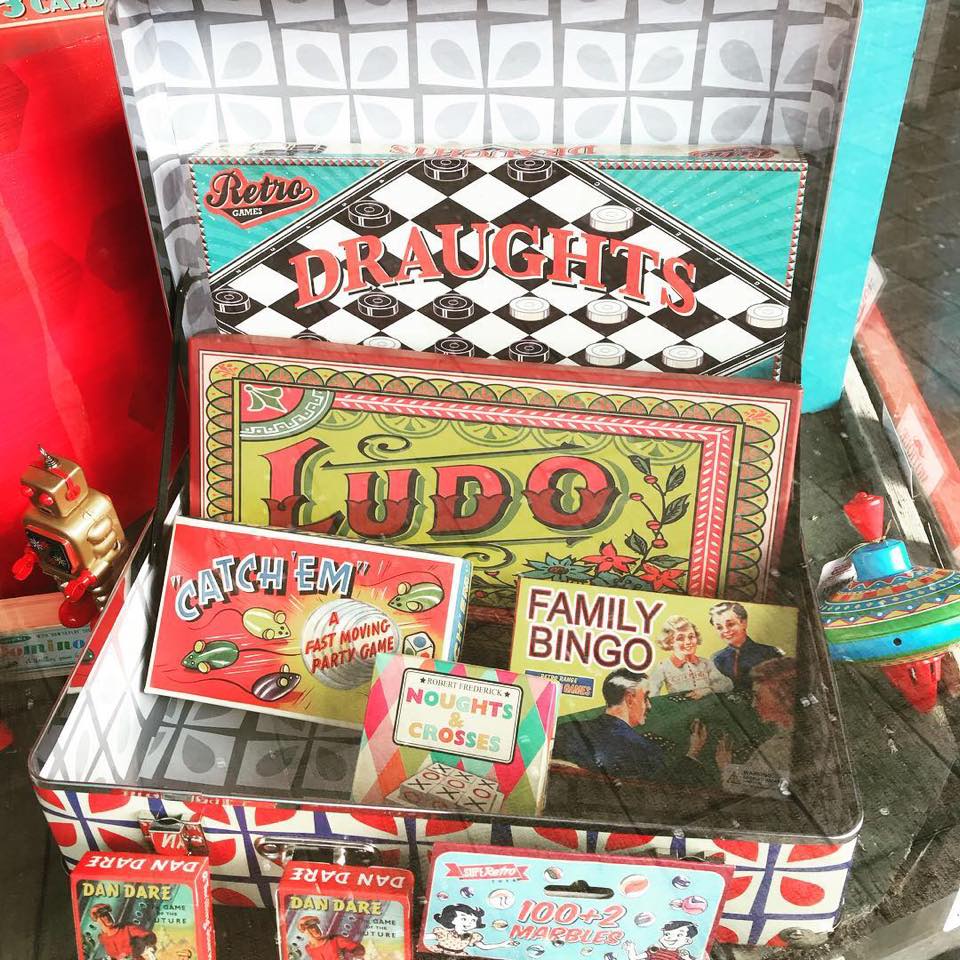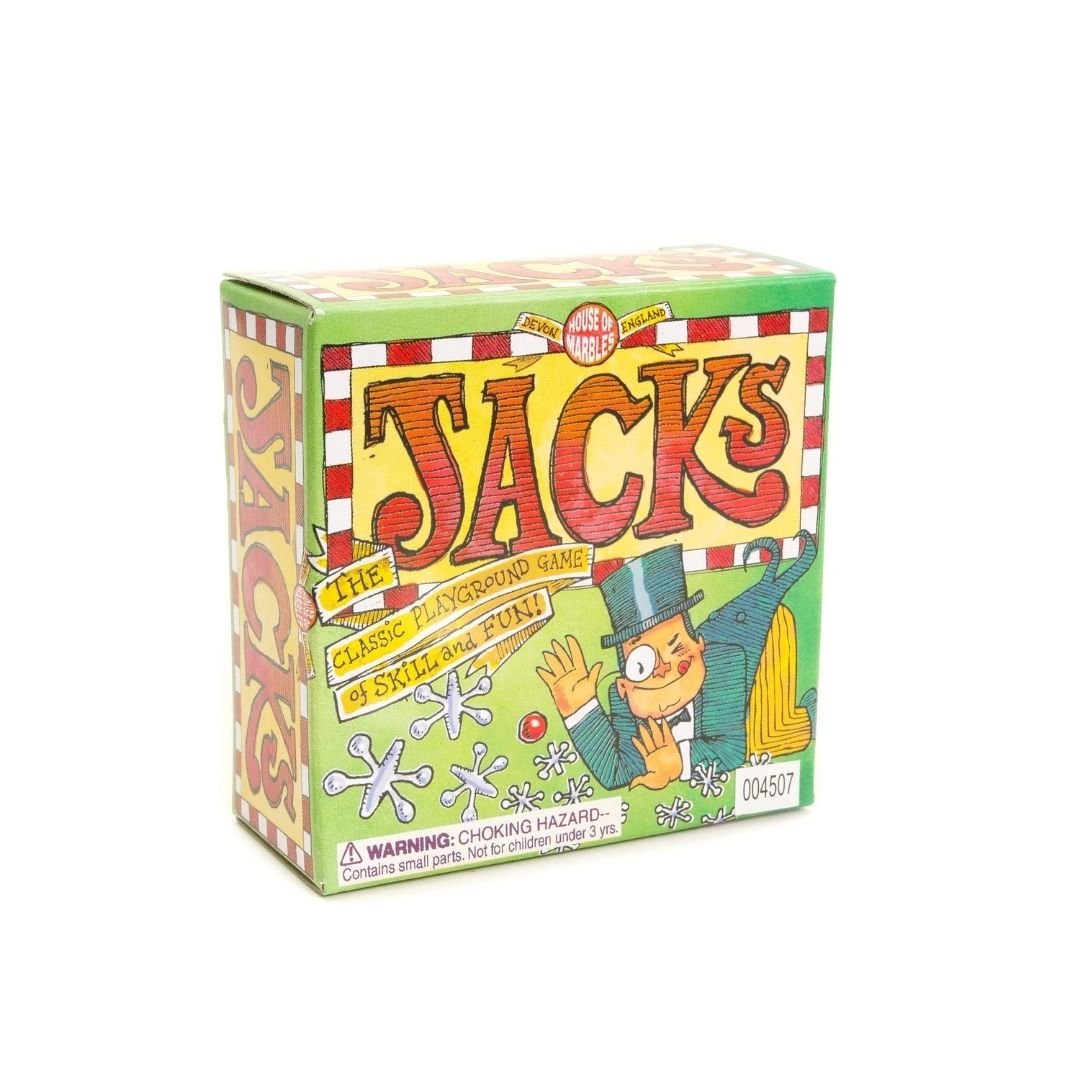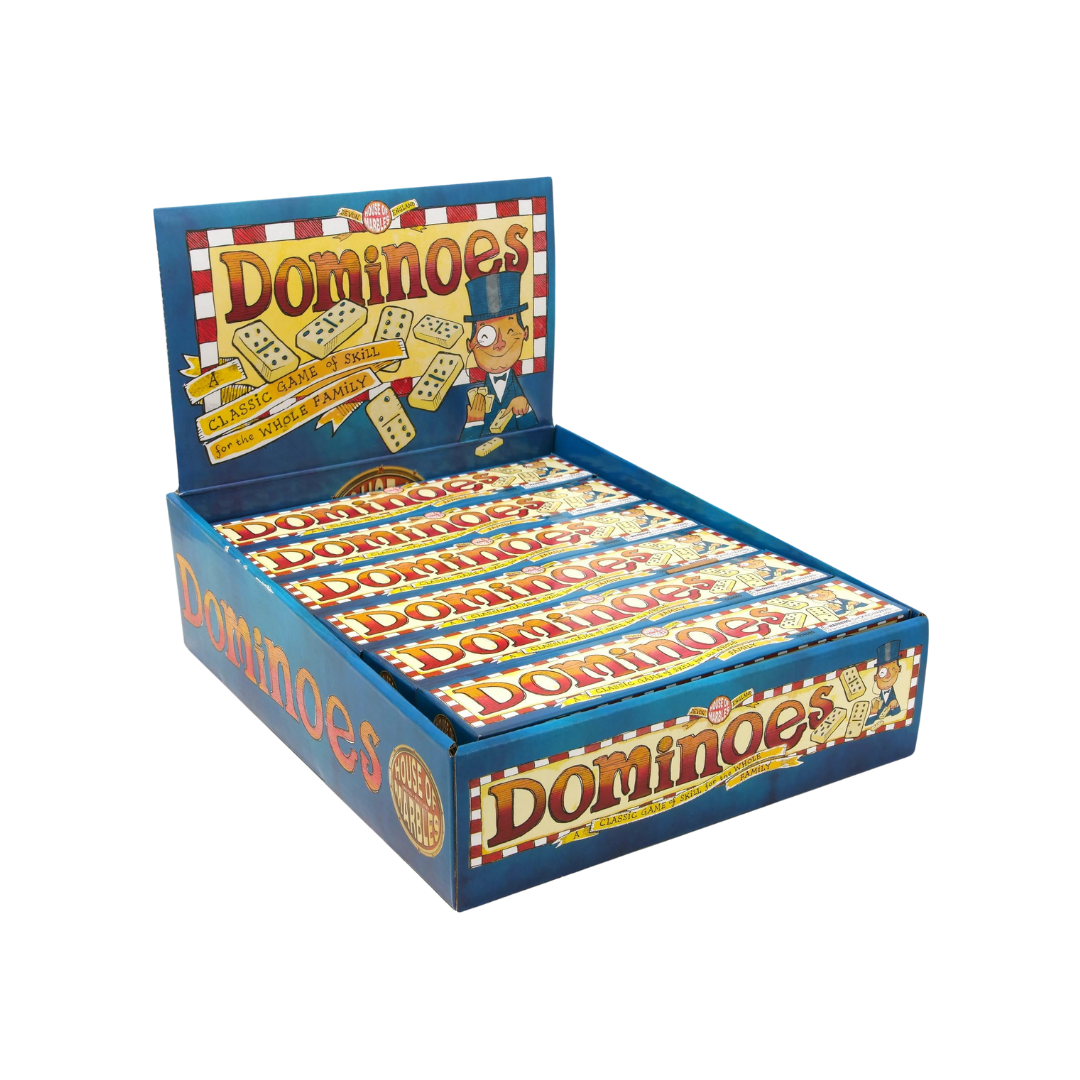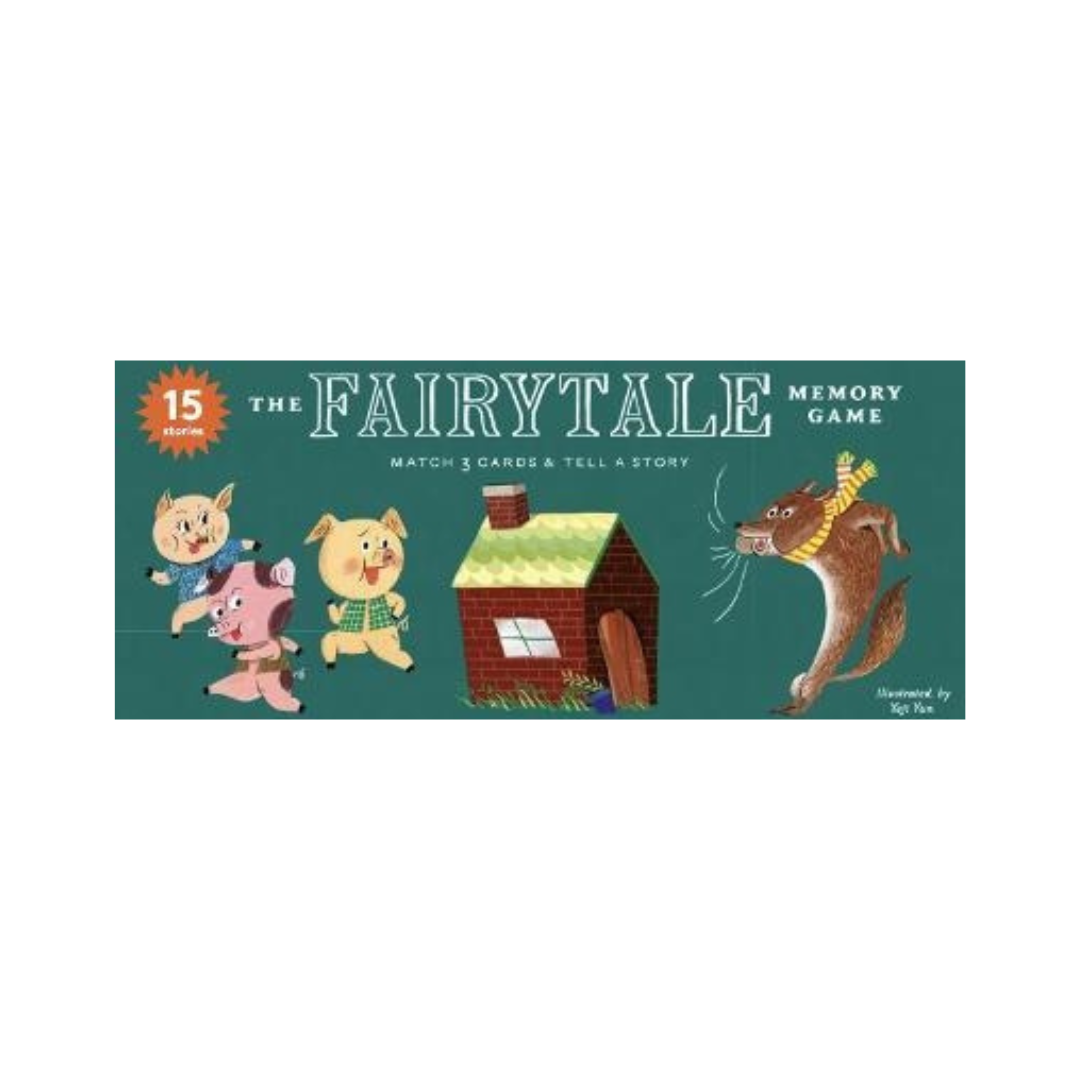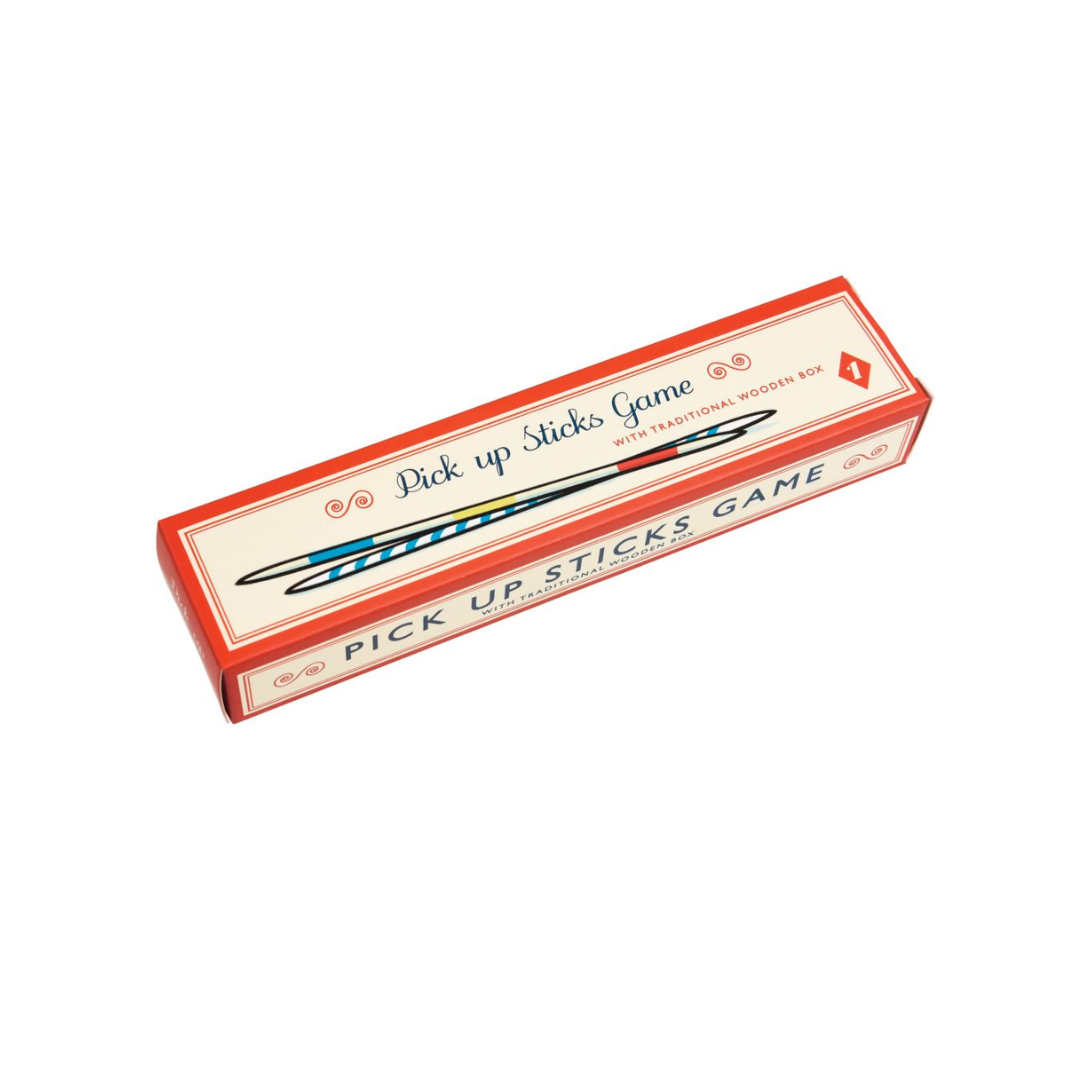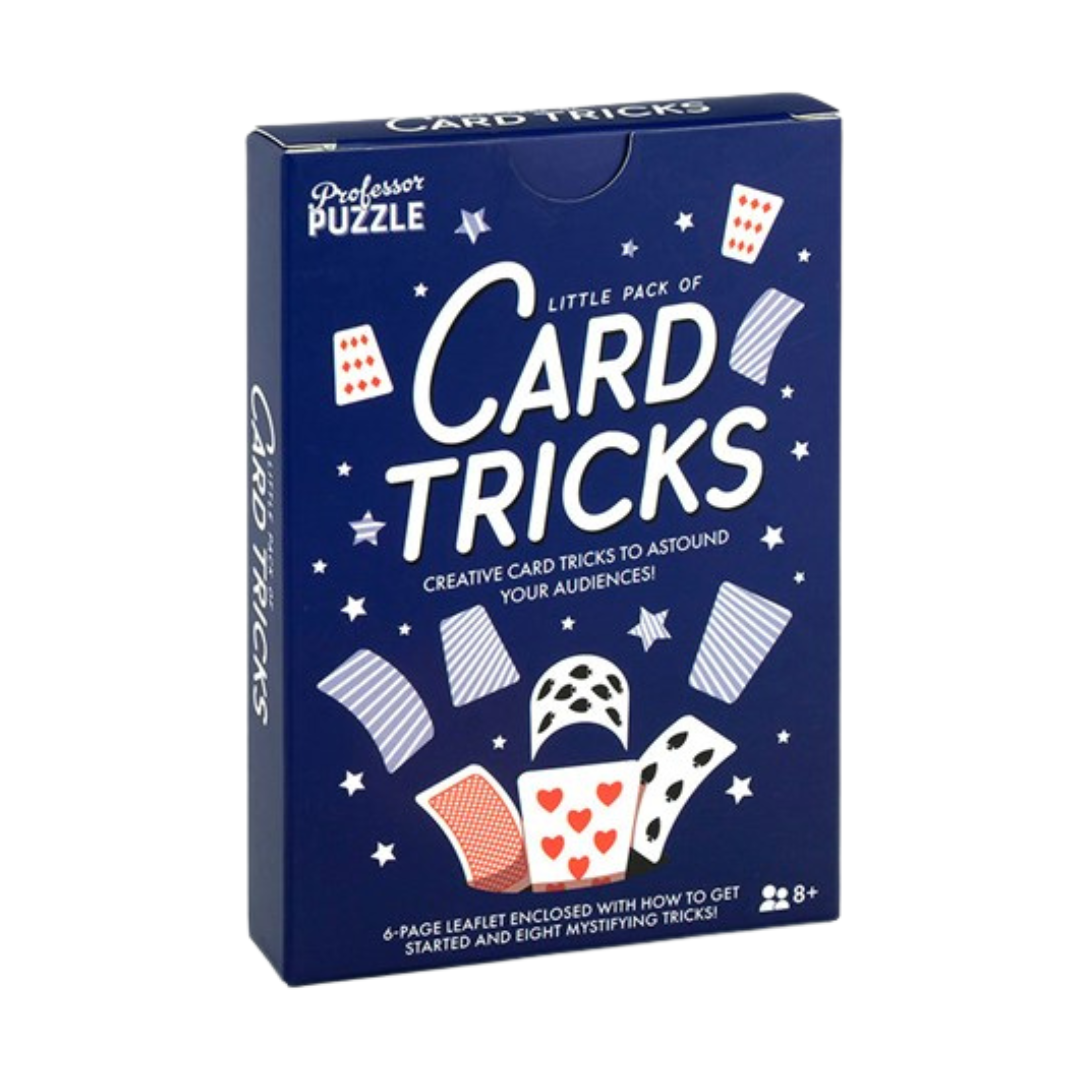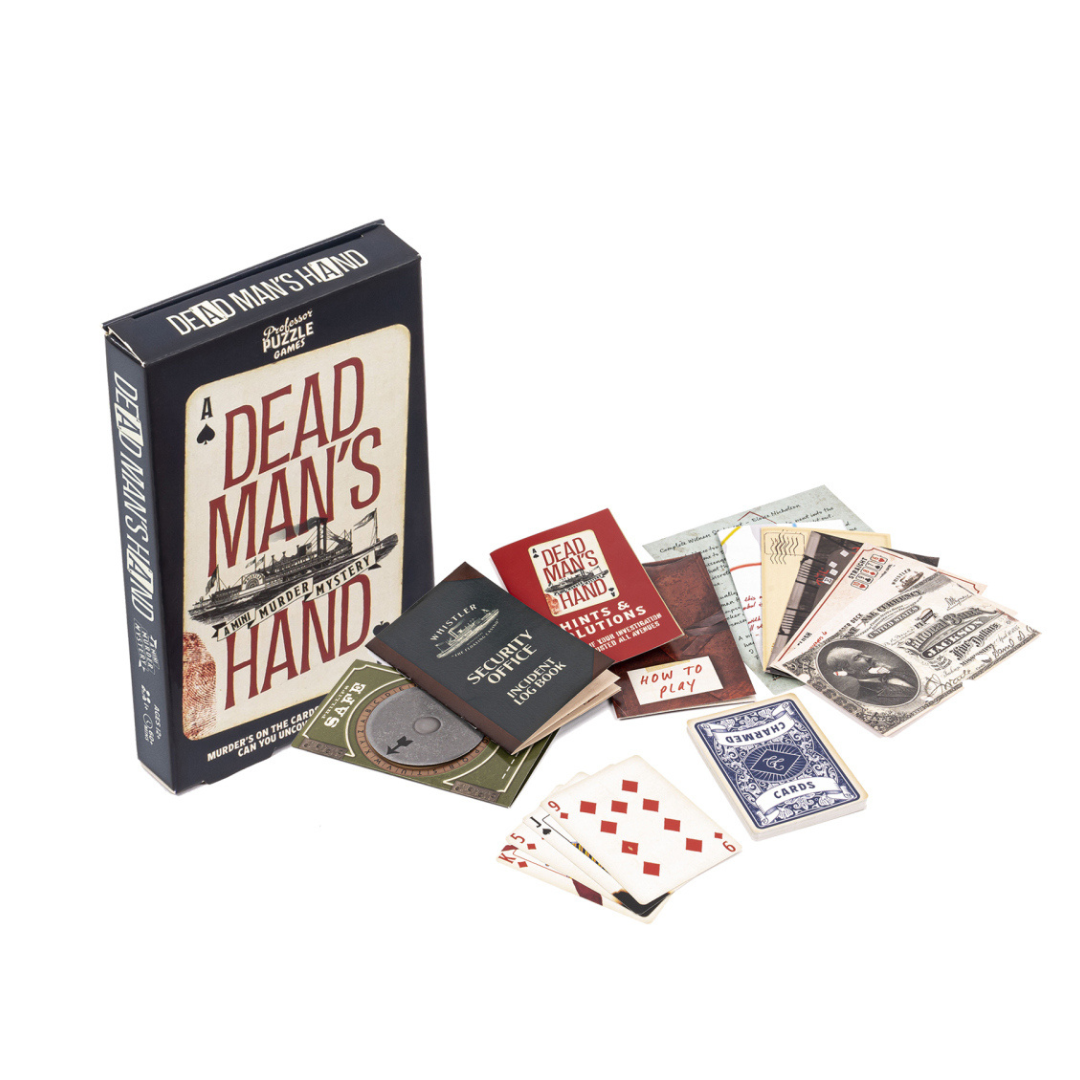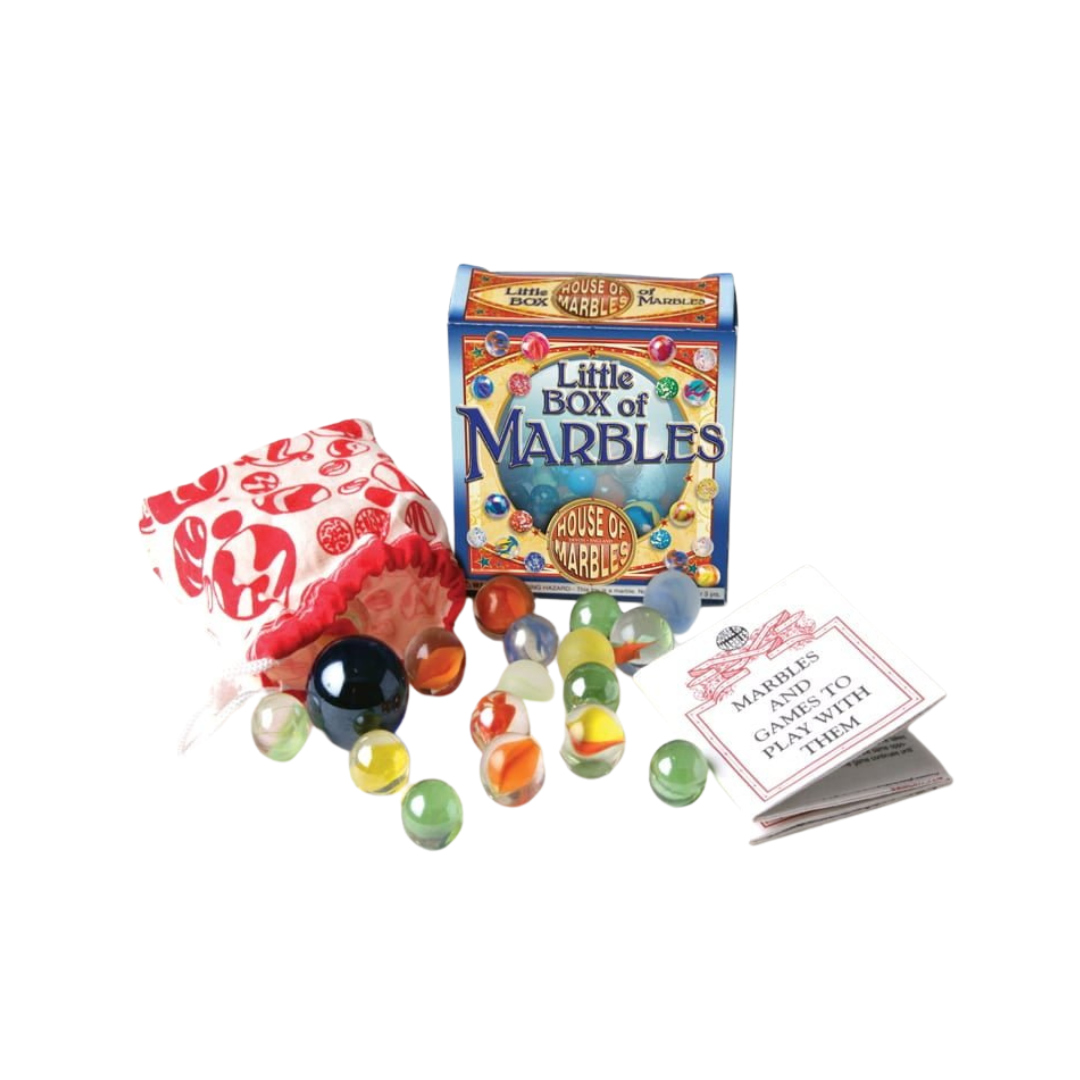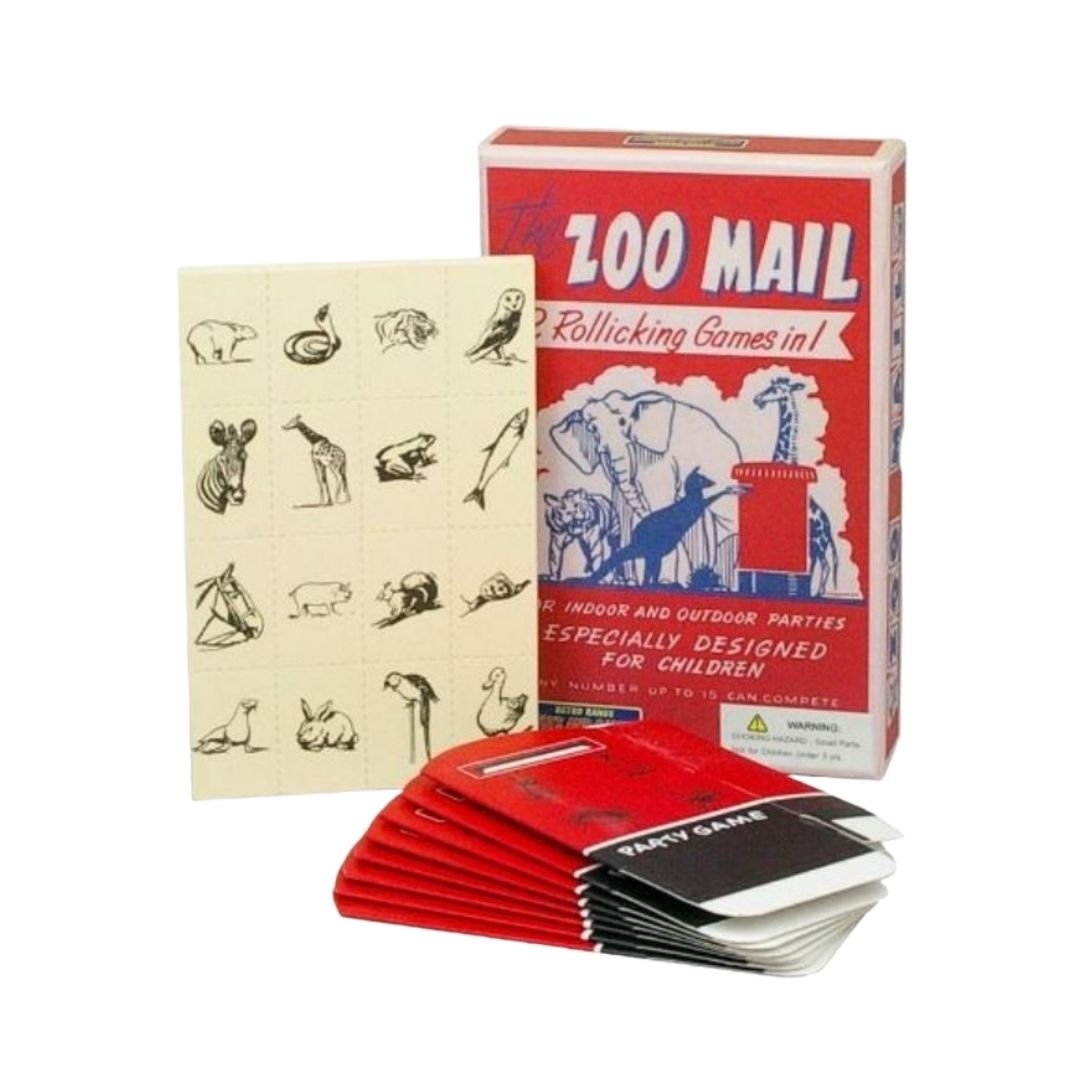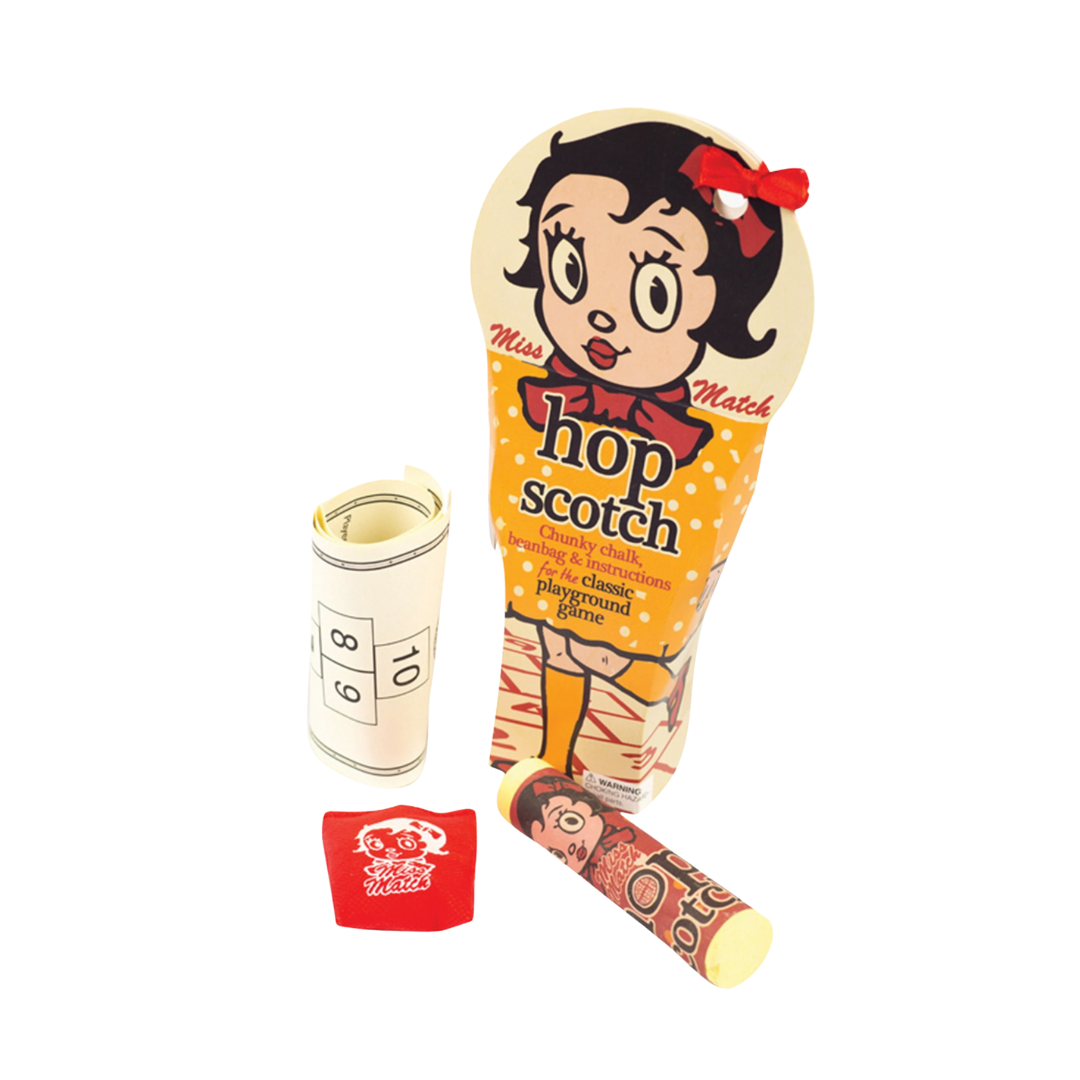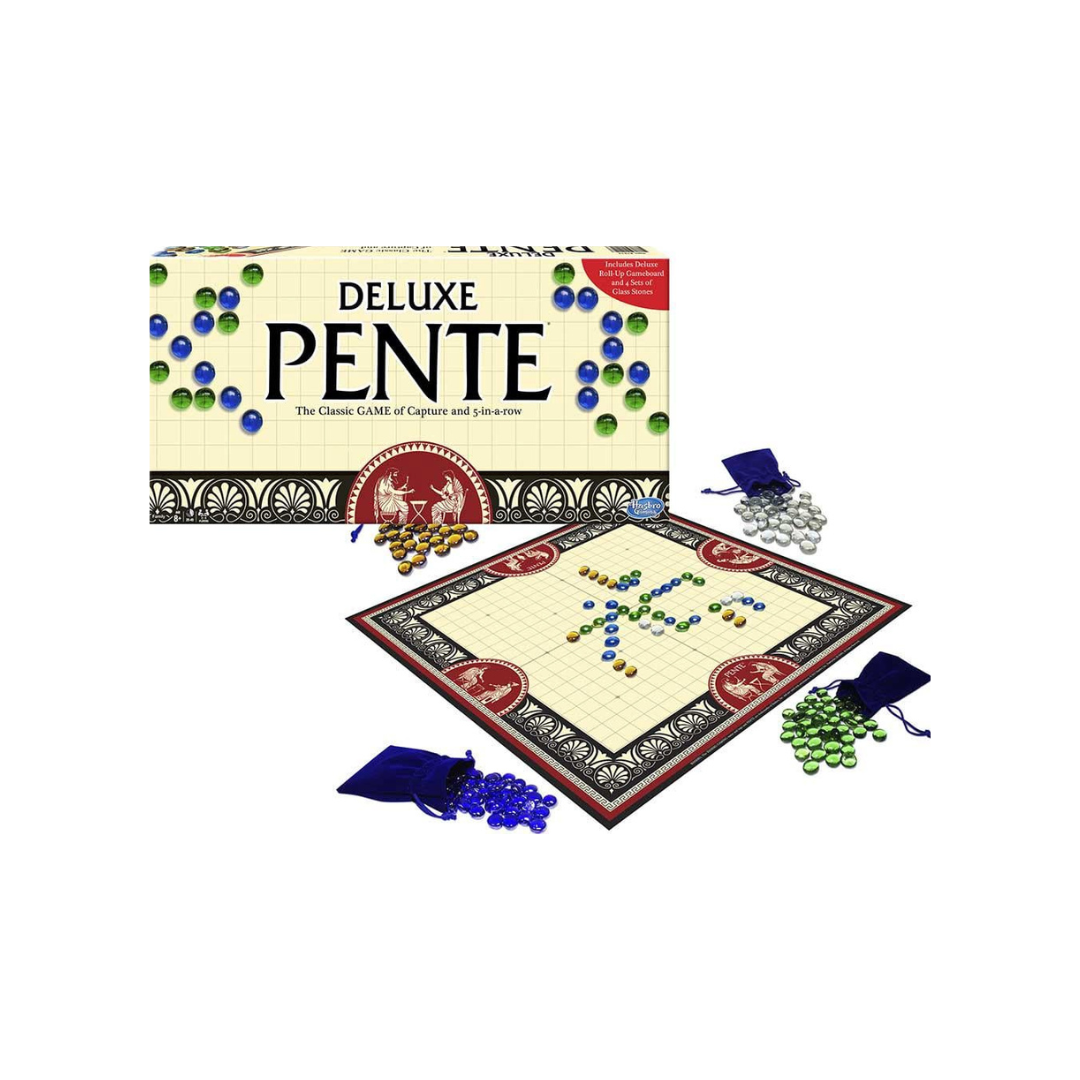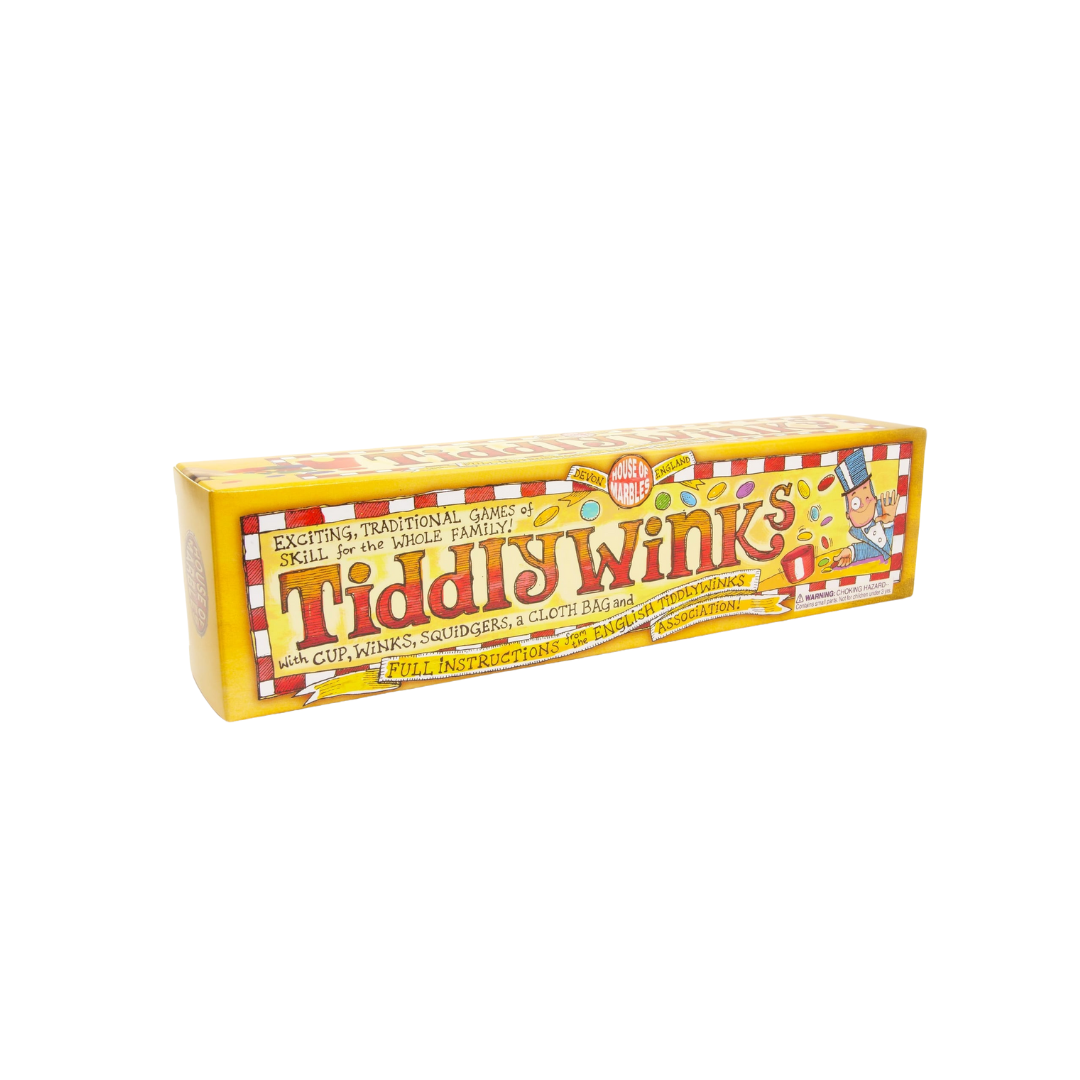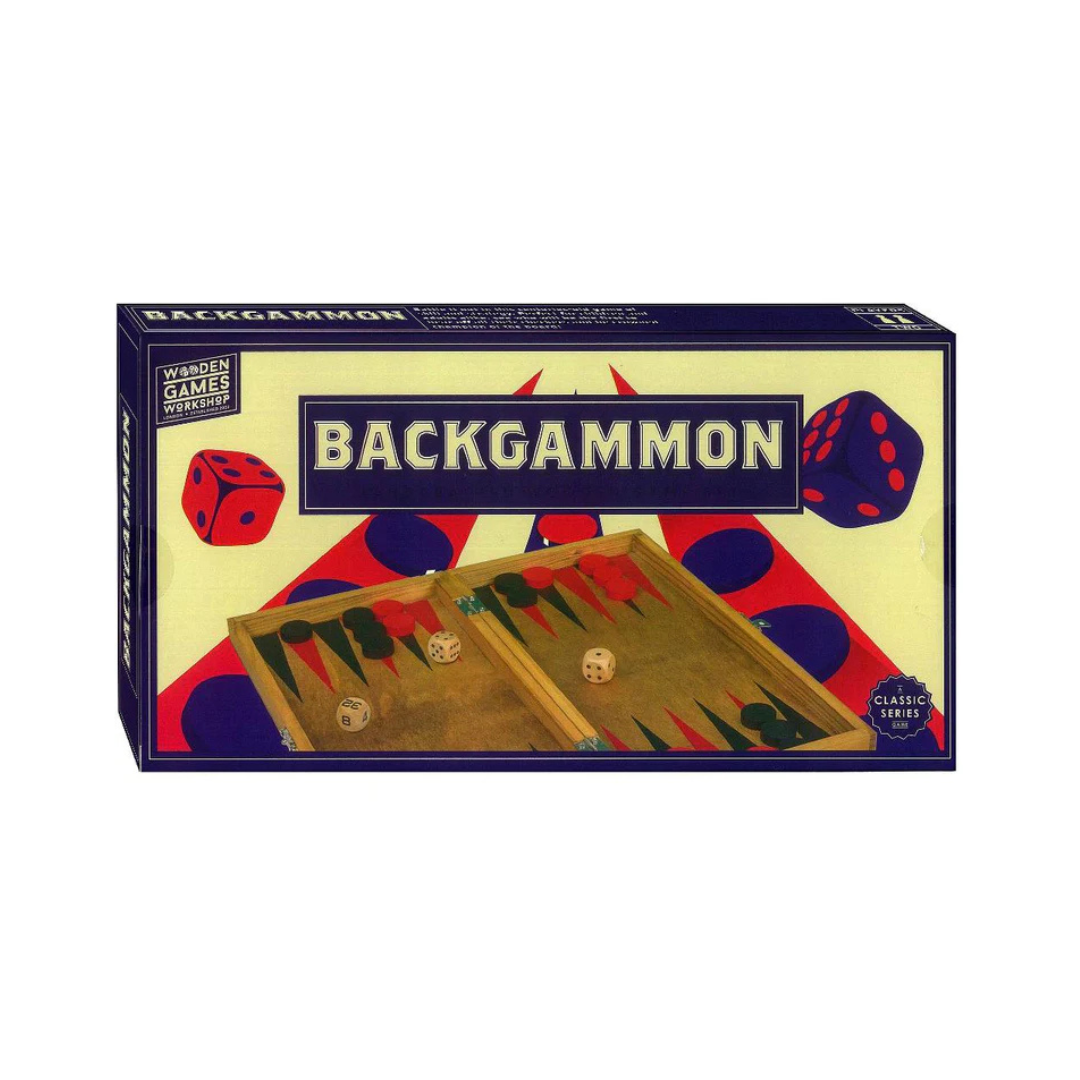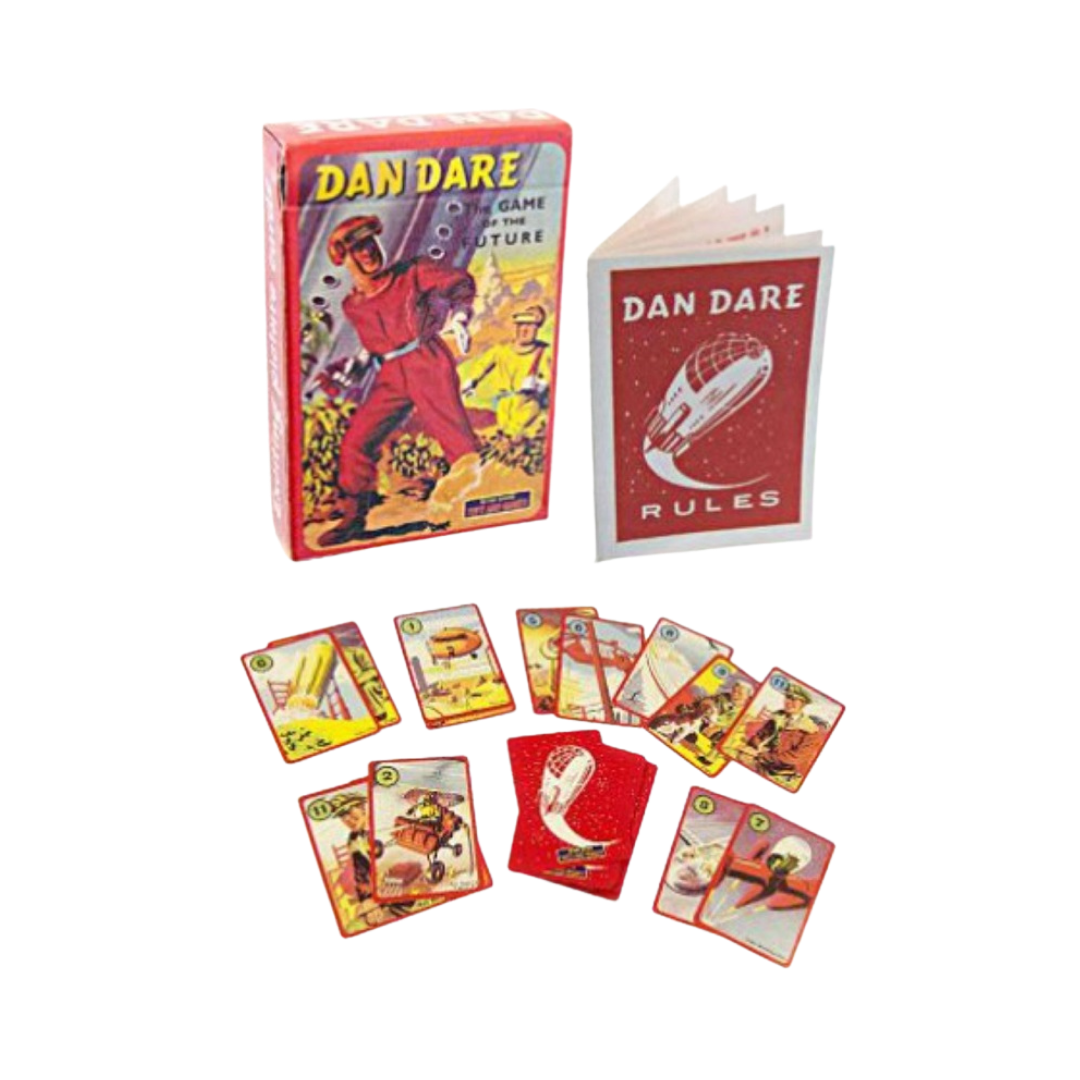Classic Board Games
Here at The Vintage Toy Box we have a huge range of Classic board games. Our classic games are timeless and have endured the years to be enjoyed by several generations of families and friends. Classic games are known for their simplicity, strategy, and ability to bring people together for fun and engaging gameplay.
Classic board games
Here at The Vintage Toy Box we have a huge range of Classic board games. Our classic games are timeless and have endured the years to be enjoyed by several generations of families and friends. Classic games typically involve a game board, playing pieces, dice, and cards and are designed to be played on a flat surface like a table. They are known for their simplicity, strategy, and ability to bring people together for fun and engaging gameplay.
Some popular examples of classic board games over the years include:
Monopoly: A real-estate trading game where players buy, sell, and develop properties to become the wealthiest player.
Scrabble: A word game where players create words using letter tiles and earn points based on the letters' values.
Chess: A strategic two-player game where players move pieces on a square board to capture the opponent's king.
Checkers (Draughts): A classic two-player game where players try to capture their opponent's pieces by jumping over them.
Clue (Cluedo): A mystery-solving game where players try to deduce the murderer, weapon, and location of a crime.
Sorry!: A family-friendly game where players move their pieces around the board to reach the "Home" space while trying to hinder their opponents' progress.
Risk: A strategic board game of global conquest, where players vie for control over territories and continents.
The Game of Life: A game that simulates a journey through life, where players make decisions and encounter various life events.
Battleships: A two-player game where players try to guess the location of each other's hidden ships on a grid.
These classic board games have transcended generations and continue to be popular choices for family game nights, gatherings, and social interactions. They offer timeless enjoyment, friendly competition, and a chance for players to bond and create lasting memories together.
Toy shops over the decades
Toy shops have seen significant changes over the decades, with the retail giants taking over the retail scene, and the rise of online-shopping. Here we take a look back on the traditional toy shops from the 1950s, 1960s, 1970s and the 1980s as we aim to capture the essence of these decades, and the traditional toy shops of yesteryear.
Toy shops have seen significant changes over the decades. In the mid-20th century, local independent toy stores were popular, offering a limited selection of toys. In the late 20th century, large retail chains like Toys "R" Us became dominant, providing a vast array of toys under one roof. However, with the rise of e-commerce and online shopping, many traditional toy shops faced challenges, and some even closed down. The shift towards online shopping continued in the 21st century, allowing customers to access a more extensive range of toys with the convenience of home delivery. Additionally, interactive and tech-driven toys gained popularity, reflecting advancements in technology. As time progressed, toy shops had to adapt to changing consumer preferences, embracing both in-store and digital experiences to stay relevant.
Here we take a look back on the traditional toy shops from the 1950s, 1960s, 1970s and the 1980s.
Toy Shops in the 1950s
In the 1950s, toy shops were quite different from what we see today. They were often small, independent stores, usually located in local neighbourhoods or on main streets. These shops carried a more limited selection of toys compared to the massive variety available in modern toy stores.
Toys in the 1950s were often simpler, reflecting the technology and manufacturing capabilities of that era. Popular toys included classic items like wooden trains, dolls, teddy bears, marbles, board games like Monopoly and Scrabble, and simple construction sets.
The shopping experience was more personal, with shopkeepers interacting directly with customers, helping them choose toys and providing personalized recommendations. Many toys were displayed in glass cases or on shelves, and children would often browse the store with excitement, carefully selecting their favourites.
Packaging was also simpler and more straightforward compared to the colourful and elaborate packaging we see today. Customers usually paid with cash, as credit cards were not common during that time.
Overall, visiting a toy shop in the 1950s was a charming and nostalgic experience, with a focus on traditional toys and a sense of community in the local shopping area.
Toy Shops in the 1960s
In the 1960s, toy shops continued to be predominantly small, independent stores, much like in the previous decade. However, there were some notable changes in the types of toys available and the overall shopping experience.
During the 1960s, there was a surge in the popularity of action figures and dolls. Iconic toys like G.I. Joe, Barbie, and Ken gained immense popularity, revolutionizing the toy industry. The popularity of dolls with different outfits and accessories added a new dimension to imaginative play for children.
Additionally, the 1960s saw the introduction of iconic board games like "Twister" and "Operation," which quickly became favourites among children and families. These games added an element of physical activity and skill to traditional board gaming.
The decade also witnessed the rise of battery-operated and remote-controlled toys, showcasing advancements in technology. Toy robots and cars with remote controls became a hit among kids, providing them with interactive and futuristic play experiences.
In terms of the shopping experience, the 1960s still offered a more personal touch compared to modern toy shopping. Customers could interact with knowledgeable staff who could demonstrate how toys worked and offer recommendations. The packaging of toys started to become more colourful and attractive, catching the attention of children and parents alike.
Overall, the 1960s toy shops provided a mix of traditional toys and innovative, tech-driven playthings, contributing to the joy and excitement of children during that time.
Toy Shops in the 1970s
In the 1970s, toy shops experienced significant changes in both the types of toys available and the overall retail landscape. The decade saw a continued rise in the popularity of action figures and dolls, with iconic lines like "Star Wars" action figures, "Barbie," and "Ken" remaining sought after by children.
During the 1970s, the toy industry also embraced the growing fascination with electronic toys. Electronic handheld games, like "Simon" and "Mattel Electronics Football," became a sensation, showcasing the increasing integration of technology into playthings.
Additionally, the decade witnessed the advent of popular construction sets like "Lego," which allowed children to build and create their own structures using colourful plastic bricks.
In the 1970s, toy shops began to adapt to the changing retail landscape by adopting more organized and vibrant displays to attract customers. The use of eye-catching store displays, and creative packaging became more common, adding to the excitement and allure of shopping for toys.
Furthermore, large retail chains started gaining prominence during this decade, offering a broader selection of toys under one roof. Toys "R" Us, which opened its first store in 1957, expanded its presence and became a well-known destination for toy shopping during the 1970s.
Overall, toy shops in the 1970s reflected a blend of traditional playthings and innovative electronic toys, with more emphasis on organized displays and the emergence of larger retail chains. This era set the stage for the evolving landscape of toy shopping in the following decades.
Toy Shops in the 1980s
The 1980s were a golden era for toy shops, witnessing a massive boom in the popularity of various toy lines and franchises. This decade saw an explosion of innovative and iconic toys, many of which have remained beloved classics.
Action figures continued to dominate the market, with franchises like "G.I. Joe," "He-Man and the Masters of the Universe," and "Transformers" captivating the imaginations of children. These action figures often came with intricate designs and accessories, encouraging kids to collect and engage in imaginative play.
Another significant development was the rise of video games, which started to make their way into homes through consoles like the Atari 2600 and the Nintendo Entertainment System (NES). These consoles led to a surge in video game-related merchandise, including action figures, plush toys, and board games based on popular video game characters.
The 1980s also witnessed the "Cabbage Patch Kids" phenomenon, where these distinctive dolls became a cultural sensation, leading to long queues and even occasional store stampedes during the holiday season.
LEGO continued to be popular, expanding its offerings with various themed sets, such as LEGO Space and LEGO Castle, capturing the imagination of budding builders.
Toy shops in the 1980s saw increased competition, with large retail chains like Toys "R" Us, Walmart, and Target gaining prominence and offering an extensive selection of toys from different manufacturers.
Additionally, the packaging of toys became more elaborate, featuring eye-catching illustrations and designs to appeal to young shoppers.
Overall, toy shops in the 1980s were buzzing with a vast array of action figures, video game-related toys, dolls, construction sets, and more, creating a vibrant and exciting atmosphere for children and their families. Many of the toys from this era have left a lasting impact and continue to be cherished by collectors and enthusiasts today.
Here at The Vintage Toy Box, we aim to capture the essence of these decades, and the traditional toy shops of yesteryear.
Traditional Games | Family Games Night
Looking for something to do with the kids on a wet and rainy day during the school holidays, or perhaps you’re thinking of a family game for Christmas Day or Boxing Day. Come check out our awesome classic games - we have so many blasts from the past, and we’re sure to have something to keep the kids, and the adults amused and entertained!
Looking for something to do with the kids on a wet and rainy day during the school holidays, or perhaps you’re thinking of a family game for Christmas, or like us, are bringing back family games night. Come check out our awesome classic games - we have so many blasts from the past, and we’re sure to have something to keep the kids, and the adults amused and entertained!
Snakes and Ladders
Snakes and ladders is one of our most favourite games and perfect for school holiday fun.
Can you reach the end first by climbing the ladders ... but watch out for the snakes! A timeless classic game for 2 - 6 people to enjoy!
The Magical Amazing Robot
This really is an Amazing Robot, a simple game that will have the family amazed at the robot that always gives the right answer.
All you need to do is place the robot in the tray in the centre of the questions circle. Turn the Amazing Robot to a question that you’d like him to answer, make sure his pointer is in the centre of the question that you would like to have answered then simply pull him from the circle by his head and place him on the magical mirror, and watch him spin to the correct answer. In addition to being amazing this game is also educational - encouraging children to learn as they play.
Bingo!
The aim of Family Bingo is to have the numbers on your card completely covered with white squares. The only way to achieve this is when the caller calls out all the numbers on your board. Once the number is called, search your card to see if you have it, then place a white square over the number. Don't forget to call out BINGO once all your numbers are covered up. The biggest Adrenalin rush!
Kitty Wampas
Check out our cute Kitty Wampas game! The idea of this game is to cover the white circles in your corner with your coloured pieces. To make this happen you must spin Kitty until its paw comes to a stop on one of the colours. If it is your colour that it lands on, you can move your coloured disk to cover a white circle. If it’s not your colour then it is the next persons turn. The first player to have their circles covered by the coloured playing discs is the winner. This game is great for little children as it helps with colour recognition.
Old Maid
Old Maid is an all time classic! After dealing the cards between all the players, if a player has two of the same card they need to take it out of their hand and place them aside. Make sure you hold your cards up and out of sight from the other players. A player then offers their cards to the next person who takes one card, if it is the same as another in the hand then the pair needs to be put aside. You do not want to be stuck with Old Maid by the end of the game because then you are the loser!
Barnstormer
Barnstormer is one of our games that requires more skill and practice to play and win. The aim is to propel your discs onto the board and aim for the little wooden cup in the centre of the board to get 25 points (the highest on the board!). Be careful not to land on the various hazards on the board that will have you deducting points! Once you shoot all your markers onto the board, add up all the points and the first person to 500 points is the champion.
Chess
Chess is an all time classic. The objective of this popular game is to checkmate your opponent’s King. This means putting it into a position that it cannot escape from, by moving or taking an opponents piece. When starting the game, the white pieces always go first. Players then make their way around the board attempting to put the King in check. If your piece lands in a space that is occupied by your opponent then you can remove their piece from the board. This is a fun and challenging game for 2.
Draughts
For this classic game each player has 12 draughts, all placed on black squares, 3 rows up the board. This game doesn’t have many rules, but what you will need to do is move your draughts forward and diagonal one space at a time, whilst capturing all of your opponents draughts. You capture your opponents draughts by jumping over them when they in front of you and there is a spare for you to jump to. Once you have collected all your opponents draughts, you win.
Simply, easy and fun!
Goose Race
Came of Goose is a simple but fun game that the whole family will enjoy. Before you begin to play, each player must put an equal amount of counters (round white discs) into the pool. Divide the rest of the counters between the players; you will need them during the game. Beware ... if you land on certain squares, there is a price to pay. For example, if you land on square number 6 then 5 counters are charged. 15 counters are charged if you land on square number 31. The first player to reach square number 63 wins the pool and the game!
Snap!!
Here we have a unique set of playing cards for the game Snap, each card has a picture of a famous nursery rhyme including Little bow peep, Little Miss Muffet, Old Mother Hubbard and Jack and Jill.
Snap is a great game for children of all ages. Start off by dealing all the cards out to all the players until there are none left - everybody keep your cards faced downwards. Then, without peaking flip your card upright as you put it on the stack of cards.
If your cards match the card directly underneath then race the other players to slap your hand down on the cards first and yell “SNAP” to win. Be careful not to get your hands squished by the other opponents! The winner is the player who has managed to collect all of the cards at the end of the game.
Ludo
At the start of this game you place your coloured pieces in the start area, you need to roll a six to be able to move your piece out of the start and onto the board. Once your piece is out on the board you then roll the die and move your piece forward 1 - 6 spaces as indicated by the die. You can bring other pieces onto the board if you roll another 6. You need have all your pieces in the home square to win!
Whatever takes your fancy - we’ve got something for everyone - guaranteed fun for family game night or for some Christmas cheer.
All of these games and many more are available in store and on-line in our games section.
Traditional Games Through Time
There are many vintage games that have disappeared throughout the years, never to be seen again, but there are many that have stood the test of time ...
There are many vintage games that have disappeared throughout the years, never to be seen again, but there are many that have stood the test of time . We take a look back through the decades and examine some of the popular games of that time that are still around today.
Pre 1920s Vintage Games
The Game of Life was originally created in 1860 by Milton Bradley and was America's first popular vintage parlour game. Originally known as The Chequered Game of Life, the game had a change of name to its more modern and better known name in 1960, 100 years later, when it was recreated by toy designer Reuben Klamer.
Tiddley Winks was first patented in 1888 and was one of the earliest traditional parlour games, distributed exclusively by John Jacques and Son. It became one of the most popular crazes of the 1890s, enjoyed equally by adults and children.
Ludo has been around in raw form since the 6th century, with its origins in India with evidence that it was played by the Mughal Emperors. The game then finally made it over to England in the late 19th century, and was finally patented under the name Ludo in 1896.
1920s Vintage Games
The "roaring twenties" brought with it a wave of fun & frivolity, which led to a boom in the game industry. Some of the most longstanding games were born during this era.
American Mahjong became a craze during the 1920s, and was commonly known as Mah Jongg or Maahj, a variation of the Chinese ancient version. The game sets were imported in huge numbers in 1923 from Shanghai to America, when a representative of the Standard Oil Company published simple rules for the game.
Chinese Checkers was actually invented in Germany in 1892 under the name of "Stern-Halma". The name then morphed in America to "Hop Ching Checkers", before finally adopting its common name of Chinese Checkers in 1928.
The classic board game Sorry was originally manufactured by British Card Manufacturers in England and was first registered as a trade mark in 1929. An English patent was then granted in 1933, before the popular parlour game was trademarked to Waddingtons, who sold it to Parker Brothers in 1934.
1930s Vintage Games
The depression era of the 1930s saw a wave of inexpensive and highly popular vintage board games.
Monopoly was the most played commercial game in the world at one point according to the Guinness Book of Word Records. The depression ironically led to the rise in massive popularity of this vintage game in 1935, as it allowed people to buy property and make millions, in a time where money in real life was sparse. The game was originally proposed to Parker Brothers in 1934 by an unemployed salesman named Charles Darrow. The idea was initially rejected. It turns out that Monopoly is actually pirated from a board game called The Landlord's Game which was patented in 1904.
Battleship was first published under the name "Salvo" in 1931, as a pad and pencil game, but despite its popularity wasn't actually turned into a board game until 1967. It was then one of the earliest games to be produced as a computer game in 1979, with a version released for the Z80 Compucolor.
1940s Vintage Games
Cluedo (also known as Clue) was probably the best known game of the 1940s. Bizarrely it was originally designed by a fire warden whilst he was walking the beat during the Nazi bombings in England. Waddington Games bought the idea in 1943 but had to hold off on production as the game included playing pieces made of metal which were being rationed during the war.
Chutes & Ladders (also known as Snakes & Ladders in the UK) is actually a re-incarnation of an Indian game Vaikuntapaali which translates as "the ladder to salvation". The snakes were meant to illustrate temptations in life, and show that the pathway was littered with numerous temptations that one must avoid in order to succeed in life. Chutes & Ladders was published in 1943 by Milton Bradley and has become one of the best loved children's games of all time.
Scrabble took a few decades to become the popular game that it is today and is now the most popular word game in history. The vintage game was first published under the name "Lexiko", then "Criss Cross Words", before being renamed Scrabble in 1948. The game was originally made by hand in an abandoned schoolhouse, before the President of Macy's discovered the game whilst he was on holiday and ordered some for the store. The rest is history.
1950s Vintage Games
Risk, one of the most popular world domination games of all time was invented by a French film Director in 1957, under the name "La Conquete du Monde", (The Conquest of the World). It was then bought by Parker Brothers and re-released in 1959 as Risk: The Game of Global Domination.




